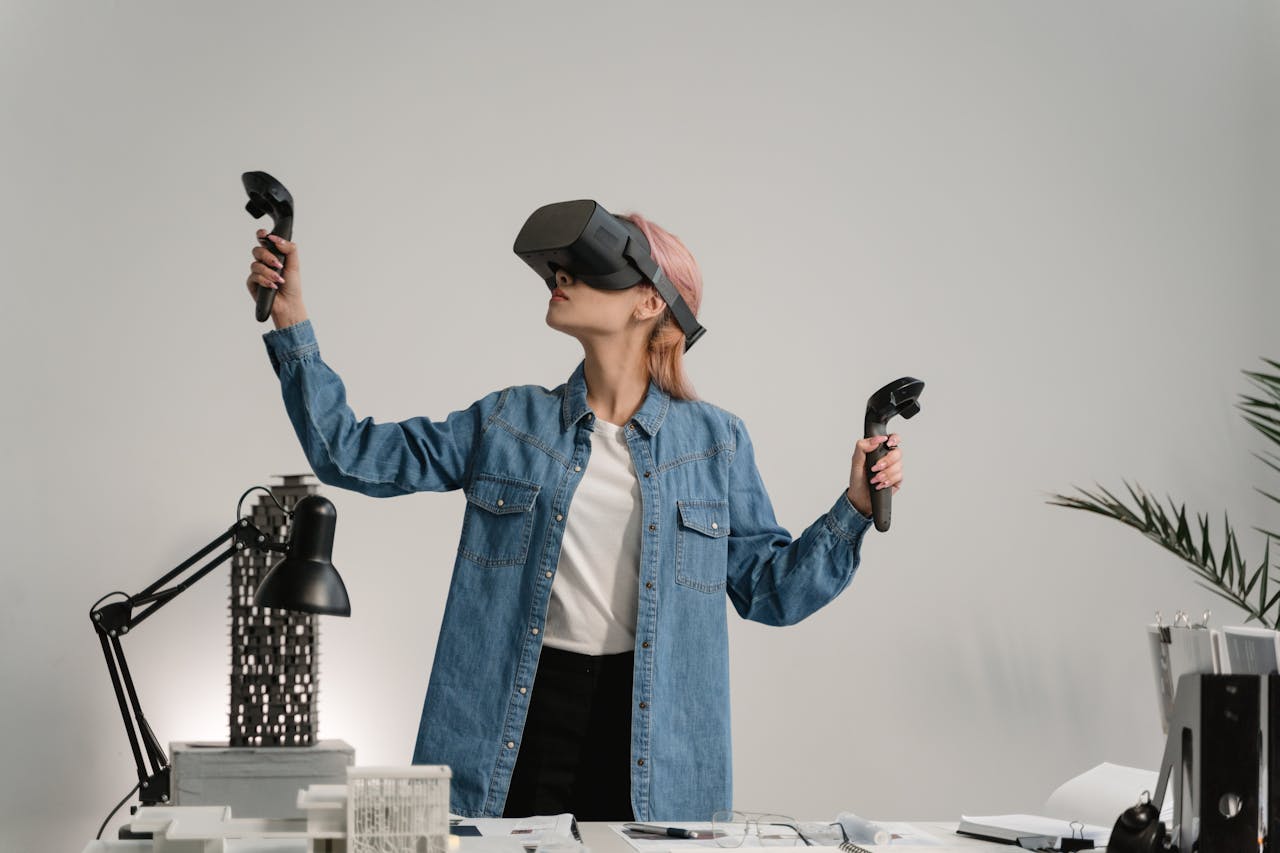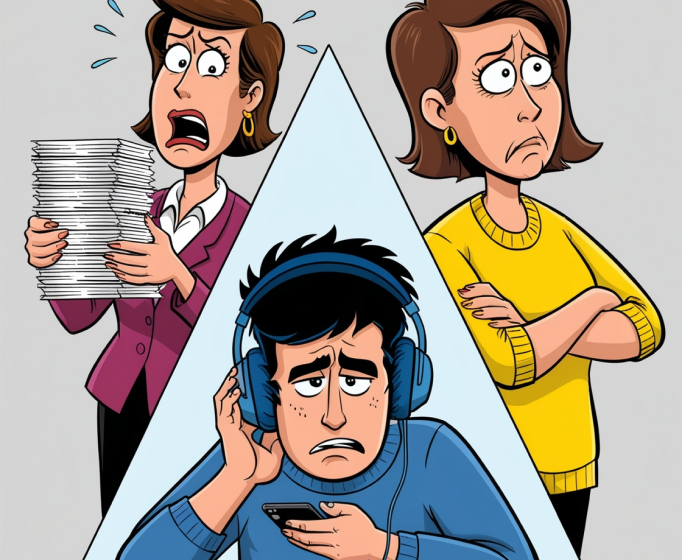In a world constantly on the move, educational systems must keep pace with ever-evolving student needs. Enter the Kaizen-inspired “project in Japan,” which explores how small, continuous improvements can revolutionize learning. Rooted in a philosophy once used to optimize manufacturing, this approach now energizes classrooms far beyond Japanese borders—starting with pilot initiatives in Egypt that aim to integrate practical EdTech tools and non-cognitive skill development.
Kaizen Meets Education: The Core Idea
Kaizen, Japanese for “continuous improvement,” originally focused on refining factory processes. Today, this principle applies to schools that strive for incremental but consistent enhancements. Through careful monitoring (akin to TQM, or Total Quality Management), teachers and administrators can see what works, then adjust lesson plans, teaching methods, and even tech integration accordingly.

The result is a system that promotes better student engagement, flexibility, and a healthy drive for progress—qualities indispensable in a rapidly changing educational landscape.
Spotlight on Japanese Practices

Balanced EdTech (“Hara-Hachi-Bu”)
A standout feature is adopting technology mindfully—similar to the “80% rule” that advocates moderation in eating and device usage. This prevents teacher burnout and student overstimulation, ensuring new tools are introduced steadily rather than overwhelming everyone from day one.
Non-Cognitive Skill Development
Japanese schools also stress essential life competencies, such as empathy, responsibility, creativity, and confidence. By incorporating these qualities into daily tasks, students gain the emotional tools they’ll need in any profession—even those yet to be invented.
Cultural Exchange
With the project bridging Japan and Egypt, cross-cultural collaboration is a major highlight. Video calls, shared projects, and potential staff exchanges allow each side to learn from the other’s strengths—boosting cooperation and mutual respect.
EdTech in Action
The Kaizen-based philosophy extends to technology in schools. Rather than dumping a suite of flashy products into the classroom, teachers introduce each innovation with a clear purpose. For instance, a high-school STEM lab might benefit from just one well-chosen tool at a time, whether it’s an online math game, a VR education platform, or a collaborative storytelling app.

CreaCube
- Small Steps, Big Impact
By slowly adding digital classroom resources, educators track improvements in test scores and observe shifts in social interaction. Adjustments follow if a tool becomes cumbersome or fails to engage. - VR in the Classroom
Deploying VR solutions for schools allows learners to explore VR biology or VR chemistry environments. These immersive experiences foster a deeper grasp of concepts that are otherwise abstract. For example, a VR physics module can let students experiment freely, seeing real-time feedback in a safe digital environment. - Interactive Classroom Activities
EdTech that supports creativity and collaboration—like CreaCube or interactive world-building apps—keeps engagement high without overloading teachers with complex dashboards or never-ending digital tasks.
Real-World Examples
Shinaga Elementary, Taishi (Osaka, Japan)
Operating since 1920, this historic public school demonstrates how technology, tradition, and a “whole-child” approach can coexist. Students track library items with barcodes, organize class presentations, and even host intercultural exchanges—practical steps aligning perfectly with Kaizen. The school shows how EdTech remains a means to an end: nurturing empathy, responsibility, and readiness to engage with the wider world.
Tokyo EDIX & Emerging EdTech Solutions
Events like Tokyo EDIX spotlight new products such as a smartwatch for tracking student focus or a gamified math device that fosters problem-solving. Used correctly, these tools help educators identify “quiet strugglers,” tailor targeted support, and reward small wins—mirroring the Kaizen philosophy that emphasizes incremental achievements over sweeping, sudden changes.
Implementation Blueprint: From Japan to Egypt
- Teacher Training
Provide professional-development sessions to equip educators with both technological know-how and the Kaizen mindset, encouraging them to refine lesson plans step by step. - Pilot Programs
Test digital solutions—like VR classrooms or interactive math apps—in a few Egyptian schools. Collect data on student engagement, teacher satisfaction, and academic results. Adapt based on findings. - Cultural Exchange
Foster virtual discussions or possible short-term staff exchanges to strengthen cross-cultural bonds. These experiences broaden perspectives on technology in education and highlight the importance of balancing innovation with tradition. - Community Involvement
Engage parents and community members so they understand—and support—the new digital and instructional methods. Public workshops can showcase how VR learning or other tools address tangible needs, such as improving STEM labs or building global awareness.
Kaizen for the Future of Learning
By linking the discipline of Japanese schools with the tech-savvy potential of modern classrooms, this project in Japan challenges the status quo of global education. Rather than pushing technology for its own sake, Kaizen ensures EdTech finds its rightful place: a tool for enhancing the human experience in any subject, from reading to VR physics experiments.
XReady Lab VR education: VR Mitosis laboratory
The continuous improvement ethos doesn’t just boost academic performance. It fosters an environment where students feel empowered to explore, question, and learn from minor failures—a trait invaluable for navigating a fast-moving world. Through mindful adoption of digital classrooms, balanced hardware usage, and an unwavering focus on empathy and communication, Kaizen education paves the way for thriving students and confident educators everywhere.
Final Takeaway
In a landscape of ever-evolving job markets and diverse learning needs, the Kaizen-based approach from Japan offers a refreshing blend of technology, cultural respect, and lifelong skill-building. By melding VR for education, incremental improvements, and robust cross-cultural exchanges, this vision redefines what it means to nurture the next generation. The project reminds us that the future of learning is both high-tech and deeply human—an ideal balance the world could use more of.




